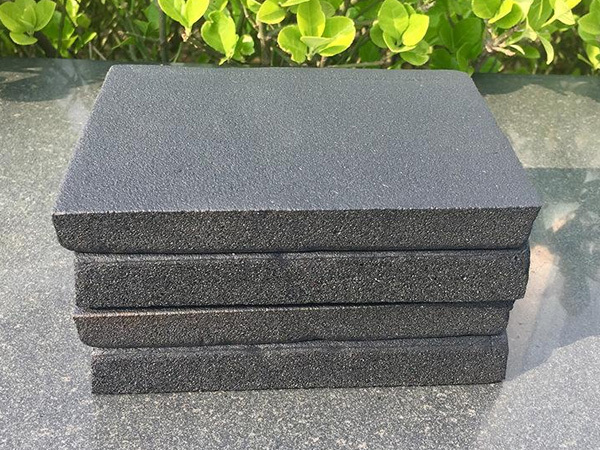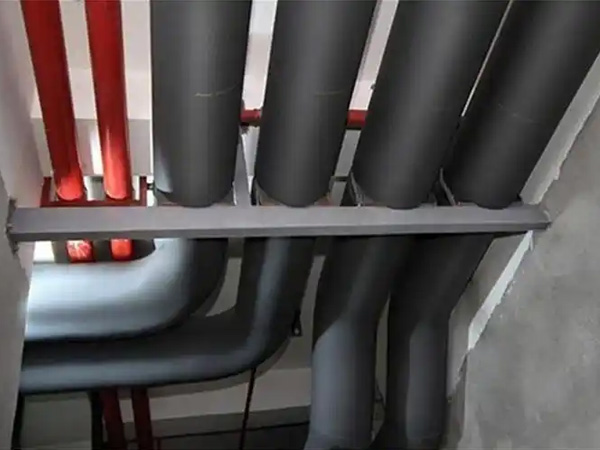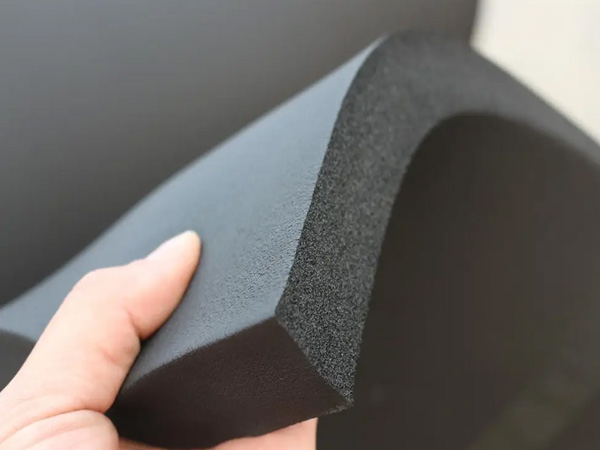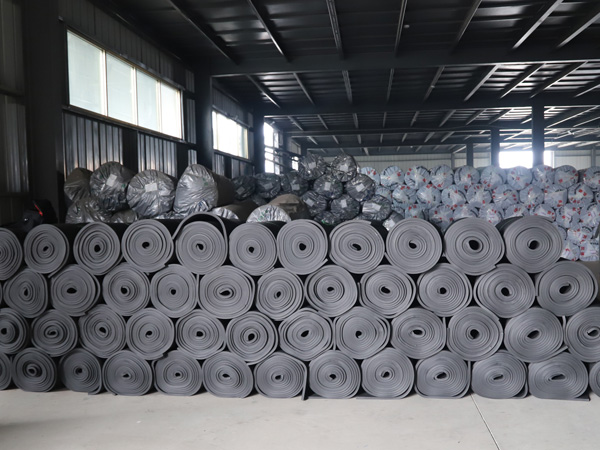Core Advantages of Elastomeric Foam (Rubber-Plastic Boards) in Building Thermal Insulation
2025-06-18 15:30:29
Core Advantages of Elastomeric Foam (Rubber-Plastic Boards) in Building Thermal Insulation
Elastomeric foam insulation (commonly known as rubber-plastic boards) has become a preferred choice in modern construction due to its superior performance in thermal efficiency, durability, and safety. Below is a detailed analysis of its key advantages in building insulation applications.
1. Exceptional Thermal Insulation Performance
Ultra-Low Thermal Conductivity (0.032–0.038 W/m·K)
Provides 30% better insulation efficiency compared to traditional materials like fiberglass or mineral wool, significantly reducing energy loss in buildings.
Closed-Cell Structure
Effectively blocks heat transfer via convection while resisting moisture absorption (≤0.5% water uptake by volume), ensuring long-term thermal stability.
2. Outstanding Fire Safety
Self-Extinguishing Properties
Meets stringent Class B1 (GB 8624) / Euroclass B-s1,d0 (EN 13501-1) standards with low flame spread (≤25) and minimal smoke emission.
Halogen-Free Formulations
Eliminates toxic fume release during combustion, enhancing evacuation safety in fire incidents.
3. Superior Weather & Durability Resistance
UV & Ozone Stability
Withstands prolonged outdoor exposure without cracking or degradation (tested per ASTM G154).
Wide Temperature Tolerance (-40°C to 105°C)
Remains flexible in freezing winters and stable under summer heat, ideal for diverse climates.
4. Moisture & Condensation Control
Built-In Vapor Barrier
Extremely low vapor permeability (≤0.001 perm/inch) eliminates the need for additional moisture barriers, preventing mold and structural damage.
Non-Hygroscopic
Closed-cell structure resists water absorption, making it perfect for basements, roofs, and coastal areas.
5. Lightweight & Easy Installation
Flexible and Adaptable
Can be easily cut and bent to fit complex geometries (e.g., pipes, curved walls) without specialized tools.
No Itchy Fibers or Dust
Unlike fiberglass, it requires no protective gear during installation, improving worker safety and cleanliness.
6. Eco-Friendly & Sustainable
Recyclable Material
Some formulations incorporate 30–50% recycled rubber/plastic, supporting green building certifications (LEED, BREEAM).
Long Service Life
Resists corrosion, aging, and biological growth, reducing replacement frequency and lifecycle costs.
7. Cost-Effectiveness
Reduced Auxiliary Materials
Eliminates the need for separate vapor barriers or protective layers, lowering overall project costs.
Low Maintenance
Durable performance minimizes post-installation repairs, offering long-term savings.
Performance Comparison with Alternatives
vs. Fiberglass/Mineral Wool: Higher thermal efficiency, moisture resistance, and no airborne irritants.
vs. Polyurethane Foam: Better fire safety without toxic isocyanates.
vs. Phenolic Foam: More flexible and freeze-thaw stable.
Ideal Applications in Construction
Exterior Wall Insulation: Foil-faced boards for reflective heat control.
Roofing Systems: High-density (≥60 kg/m³) boards for load-bearing durability.
HVAC & Plumbing: Prevents condensation on chilled pipes and ducts.
Basements & Underground Structures: Moisture-proof insulation for damp environments.
For specialized needs (e.g., high-rise fireproofing or passive houses), customized solutions are available.

OurFlame Retardant Rubber Foamis a premium closed-cell elastomeric insulation material engi...

OurRubber Pipe Insulationis a high-performance solution designed specifically for HVAC pipi...

Rubber Foam Insulation Sheet – Product Introduction Premium Flexible Insulation for Therm...

Specially engineered for refrigeration applications, ourElastomeric Rubber Insulationprovid...



